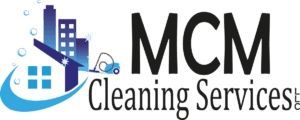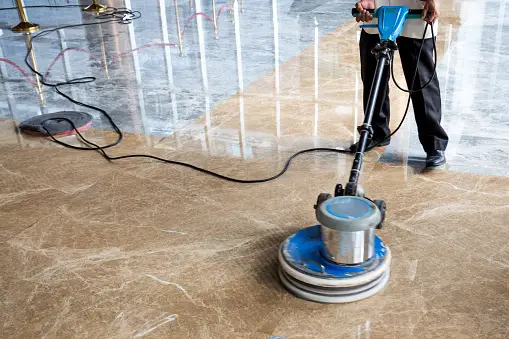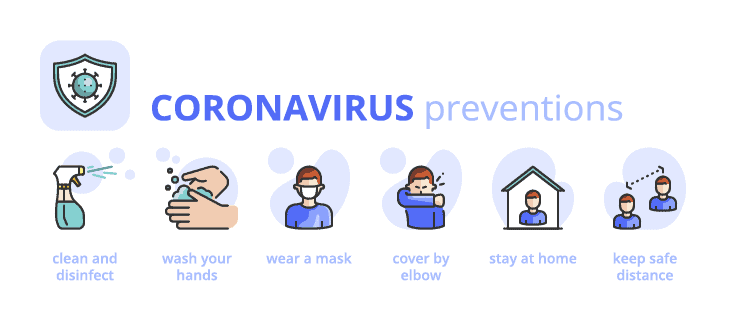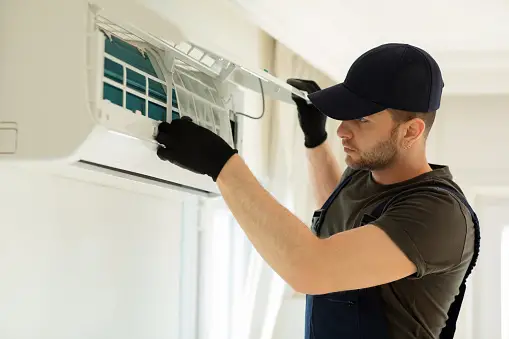
Cleaning Technology Trends: Innovations for Residential and Commercial Spaces
Date Posted:
March 7, 2024
In today’s fast-paced world, keeping residential and commercial spaces clean and sanitized has become more critical than ever. With the advent of cutting-edge cleaning technology, the way we approach cleanliness is undergoing a revolution. From robotic cleaners to IoT-integrated devices, the landscape of cleaning solutions is evolving rapidly to meet the demands of modern living and working environments.
Introduction to Cleaning Technology Trends
In recent years, there has been a significant shift towards leveraging technology to streamline cleaning processes and enhance efficiency. This shift is driven by the need for more effective cleaning solutions in both residential and commercial settings. As a result, various cleaning technology trends have emerged to address these evolving needs.
Robotics in Cleaning
One of the most notable trends in cleaning technology is the widespread adoption of robotics. Automated vacuum cleaners equipped with advanced sensors and navigation systems can efficiently clean floors without human intervention. Similarly, robotic window cleaners can navigate vertical surfaces, ensuring streak-free windows in high-rise buildings. Additionally, AI-driven floor scrubbers can analyze floor surfaces and adjust cleaning patterns for optimal results.
IoT Integration in Cleaning Equipment
The integration of Internet of Things (IoT) technology has revolutionized the way cleaning equipment operates. Smart sensors embedded in cleaning devices can detect dirt and debris, allowing for targeted cleaning actions. Moreover, remote monitoring and control capabilities enable facility managers to oversee cleaning operations from anywhere, ensuring timely interventions and efficient resource utilization. Data collected from IoT-enabled devices can also provide valuable insights for optimizing cleaning strategies and improving overall cleanliness.
Sustainable Cleaning Solutions
With growing concerns about environmental sustainability, there is a rising demand for eco-friendly cleaning solutions. Manufacturers are developing cleaning agents that are biodegradable and free from harmful chemicals, reducing the environmental impact of cleaning processes. Furthermore, energy-efficient cleaning equipment helps minimize energy consumption, while waste reduction techniques aim to minimize the generation of cleaning-related waste.
Nanotechnology in Cleaning
Nanotechnology is playing a significant role in revolutionizing cleaning processes. Nano-coatings applied to surfaces create a protective barrier that repels dirt and moisture, making surfaces easier to clean and maintain. Self-cleaning materials harness the power of nanotechnology to break down organic contaminants when exposed to light, reducing the need for manual cleaning. Additionally, nano-filters are used in air and water purification systems to remove contaminants at the molecular level, ensuring clean and healthy indoor environments.
UV-C Disinfection Technology
The emergence of UV-C disinfection technology has revolutionized the way we disinfect residential and commercial spaces. UV-C light is highly effective at killing a wide range of pathogens, including bacteria and viruses, without the use of chemicals. UV-C disinfection systems are being integrated into existing cleaning protocols to provide an extra layer of protection against infectious diseases. From hospitals to office buildings, UV-C technology is becoming an indispensable tool in maintaining clean and sanitary environments.
Augmented Reality (AR) for Training and Maintenance
Augmented Reality (AR) technology is being used to enhance training and maintenance activities in the cleaning industry. Interactive AR modules provide immersive training experiences for cleaning staff, allowing them to learn new techniques and procedures more effectively. Additionally, AR-assisted maintenance tools enable technicians to troubleshoot and repair cleaning equipment with greater efficiency, minimizing downtime and reducing maintenance costs.
Remote Cleaning Services
The rise of remote cleaning services is changing the way cleaning tasks are outsourced and managed. Virtual cleaning consultations allow clients to discuss their cleaning needs with professionals without the need for in-person meetings. On-demand cleaning services accessible through mobile apps provide convenient solutions for busy individuals and businesses. Remote monitoring of cleaning processes ensures that cleaning tasks are completed to the highest standards, even when performed by off-site teams.
Adoption of Electrostatic Spraying
Electrostatic spraying technology is gaining popularity for its ability to deliver efficient and uniform disinfection coverage. By electrically charging disinfectant particles, electrostatic sprayers can adhere to surfaces and wrap around objects, ensuring thorough coverage and effective disinfection. This technology is particularly beneficial for high-traffic areas where the risk of cross-contamination is high. Additionally, electrostatic sprayers use less disinfectant compared to traditional spraying methods, making them more cost-effective and environmentally friendly.
Blockchain for Supply Chain Transparency
Blockchain technology is being leveraged to enhance supply chain transparency in the cleaning industry. By recording transactions in a decentralized and immutable ledger, blockchain ensures the integrity and traceability of cleaning products throughout the supply chain. Consumers can verify the authenticity and origin of cleaning products, ensuring they meet quality and safety standards. Furthermore, blockchain enables suppliers to track the movement of products in real-time, allowing for better inventory management and demand forecasting.
Integration of Machine Learning in Cleaning Processes
Machine Learning algorithms are being integrated into cleaning processes to improve efficiency and effectiveness. Predictive maintenance algorithms analyze data from cleaning equipment to identify potential issues before they occur, minimizing downtime and costly repairs. Optimization algorithms analyze cleaning schedules and usage patterns to optimize resource allocation and minimize waste. Personalized cleaning solutions tailored to specific environments and cleaning requirements are becoming increasingly common, thanks to advances in Machine Learning technology.
Advancements in Pressure Washing Technology
Pressure washing technology has undergone significant advancements in recent years, making it a versatile and efficient cleaning solution for residential and commercial spaces. High-pressure cleaning equipment can remove stubborn stains and dirt from various surfaces, including concrete, brick, and wood. Modern pressure washers are equipped with water-saving features that reduce water consumption without compromising cleaning performance. With their versatility and effectiveness, pressure washers are an essential tool for maintaining cleanliness in outdoor spaces, driveways, and building exteriors.
Green Roof Technology for Sustainable Urban Cleaning
Green roof technology is emerging as a sustainable solution for urban cleaning challenges. Vegetation-based rooftop systems not only provide insulation and reduce energy consumption but also offer natural cleaning benefits. Plants on green roofs capture pollutants from the air, improving air quality and reducing the need for mechanical ventilation. Additionally, green roofs help regulate temperature, reducing the urban heat island effect and mitigating the impact of climate change. By integrating green roof technology into building design, cities can create cleaner and healthier urban environments for residents and workers.
Remote Monitoring and Management Systems
Remote monitoring and management systems are revolutionizing the way cleaning operations are managed and optimized. Real-time monitoring of cleaning activities allows managers to track the progress of cleaning tasks and identify areas that require attention. By analyzing data collected from cleaning equipment and sensors, managers can optimize cleaning routes and schedules, ensuring maximum efficiency and productivity. Improved resource allocation based on real-time data enables organizations to minimize costs and streamline operations, leading to cleaner and safer environments for occupants.
Conclusion
In conclusion, cleaning technology trends are driving innovation and transformation in both residential and commercial cleaning sectors. From robotics and IoT integration to sustainable solutions and advanced disinfection technologies, the cleaning industry is embracing innovation to meet the evolving needs of modern society. By leveraging cutting-edge technology and adopting sustainable practices, we can create cleaner, healthier, and more sustainable living and working environments for everyone.
Unique FAQs
- What are the benefits of using robotic cleaners in residential settings? Robotic cleaners offer convenience and efficiency, allowing homeowners to maintain clean floors with minimal effort. They can navigate around furniture and obstacles, ensuring thorough cleaning of hard-to-reach areas.
- How effective is UV-C disinfection technology against common pathogens? UV-C light has been shown to be highly effective at killing a wide range of pathogens, including bacteria, viruses, and fungi. It disrupts the DNA and RNA of microorganisms, rendering them unable to replicate and causing them to die.
- Can blockchain technology improve transparency in the cleaning supply chain? Yes, blockchain technology can enhance transparency by recording transactions in a decentralized and immutable ledger. This ensures the integrity and traceability of cleaning products throughout the supply chain, from production to distribution.
- What are the advantages of using green roof technology for urban cleaning? Green roof technology not only provides insulation and reduces energy consumption but also offers natural cleaning benefits. Vegetation on green roofs captures pollutants from the air, improving air quality and reducing the need for mechanical ventilation.
- How can remote monitoring and management systems improve cleaning operations? Remote monitoring and management systems allow managers to track cleaning activities in real-time and optimize cleaning routes and schedules based on data collected from cleaning equipment and sensors. This leads to more efficient resource allocation and cost savings.
To get started, request a quote here.
